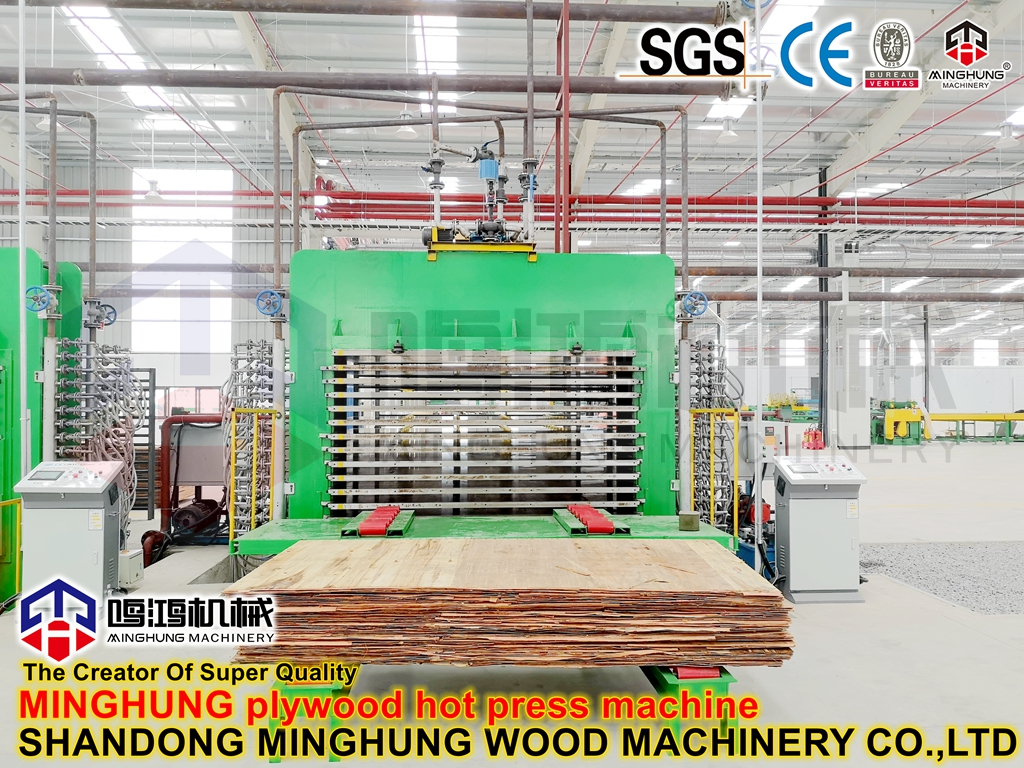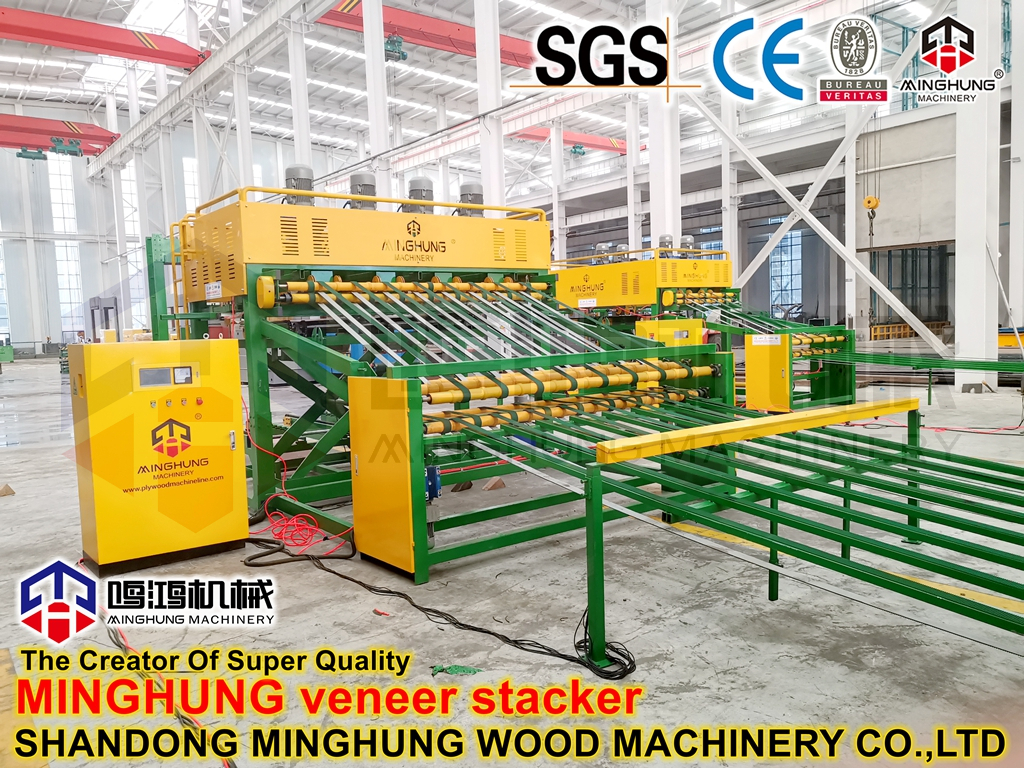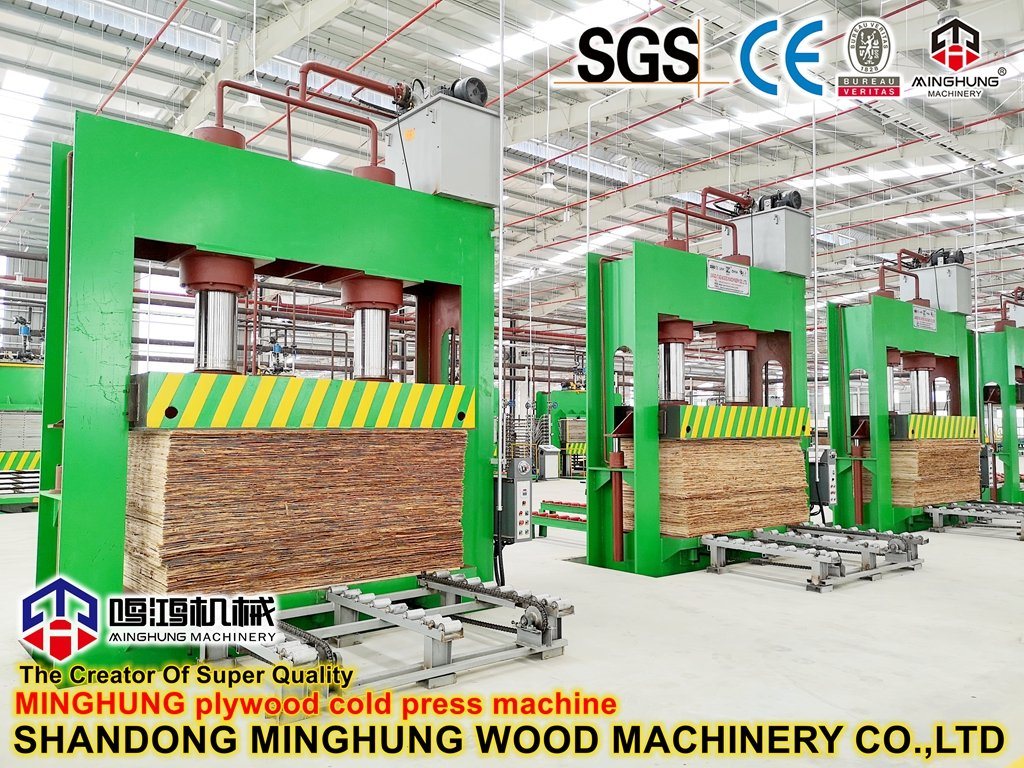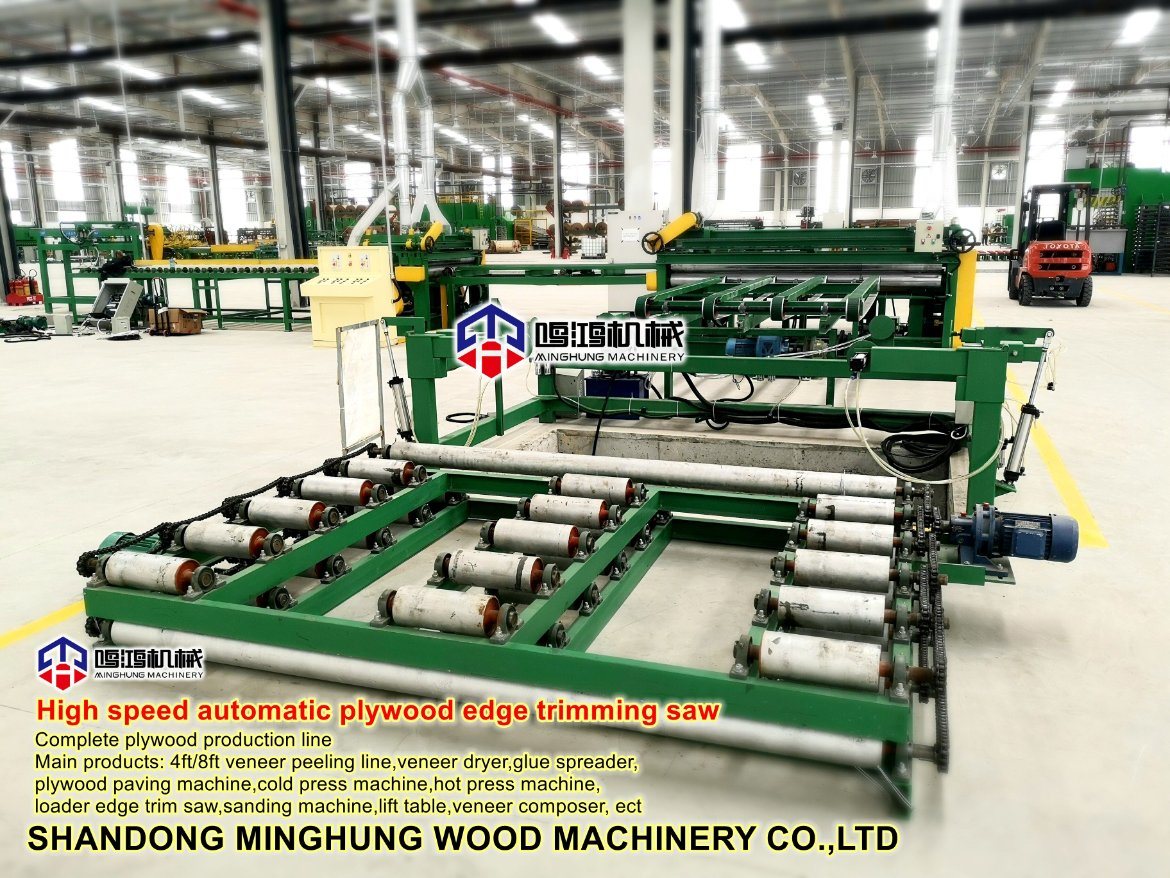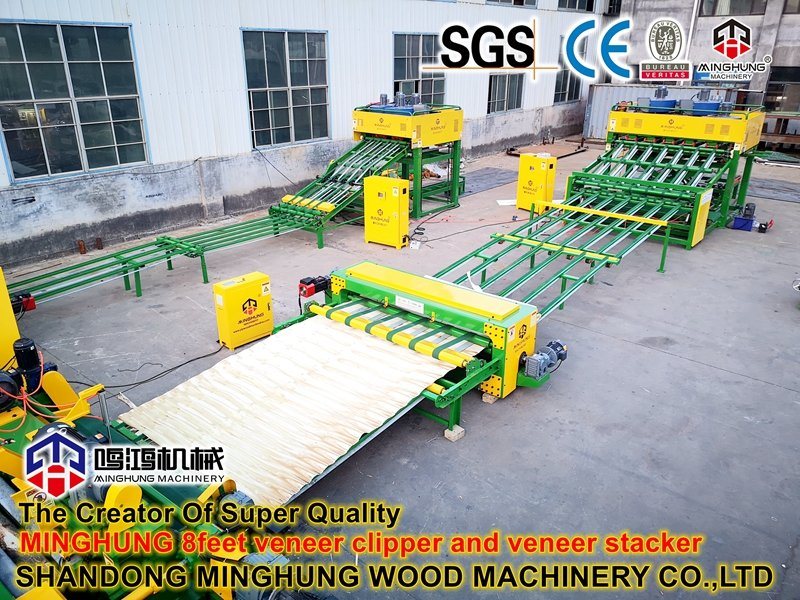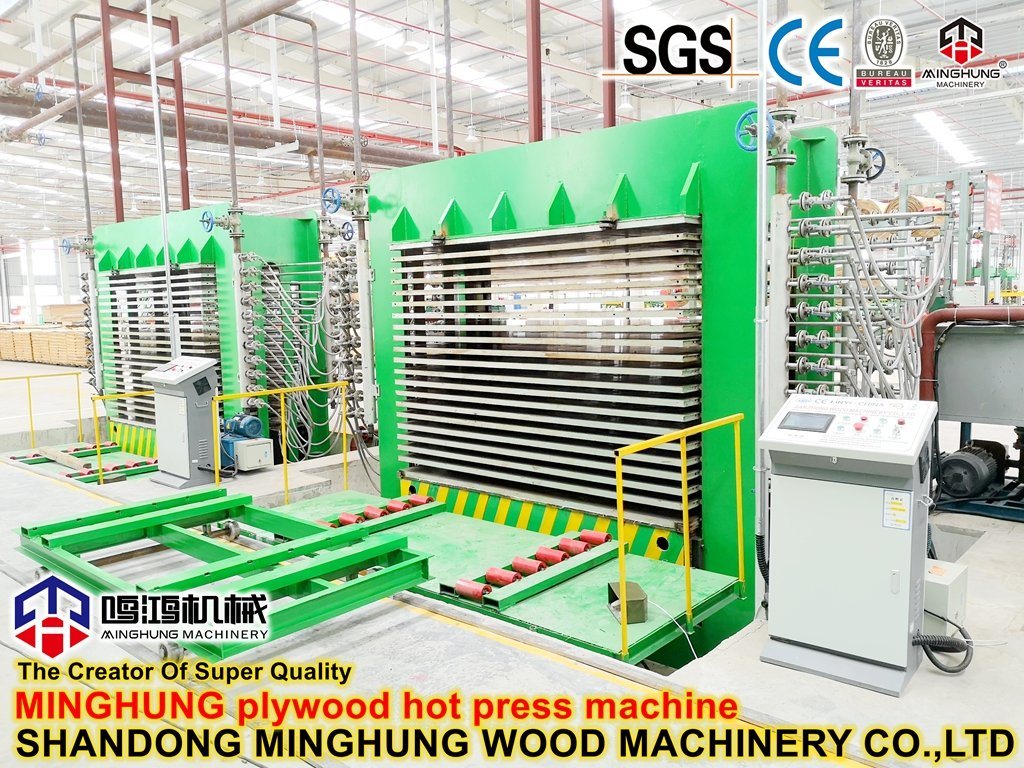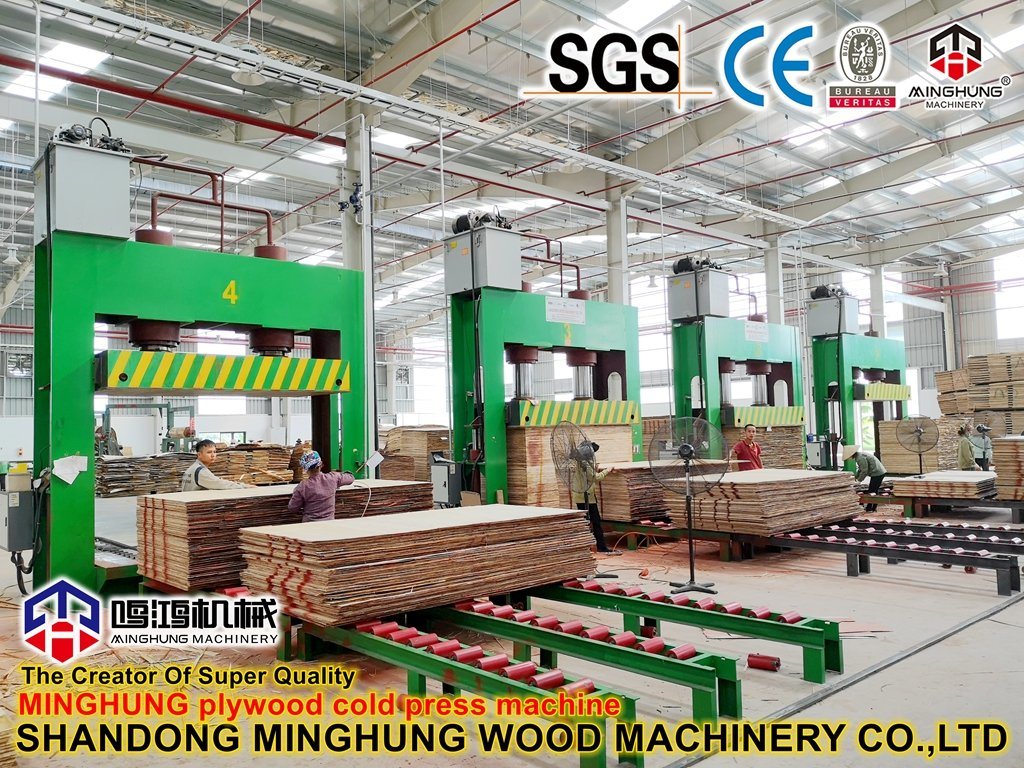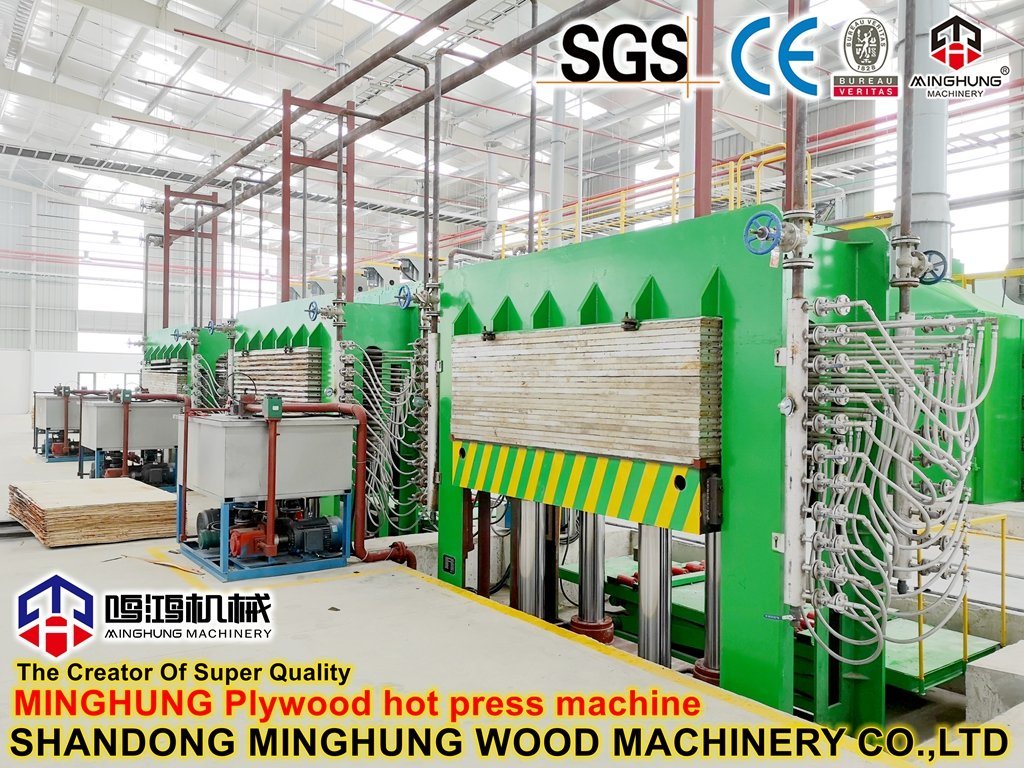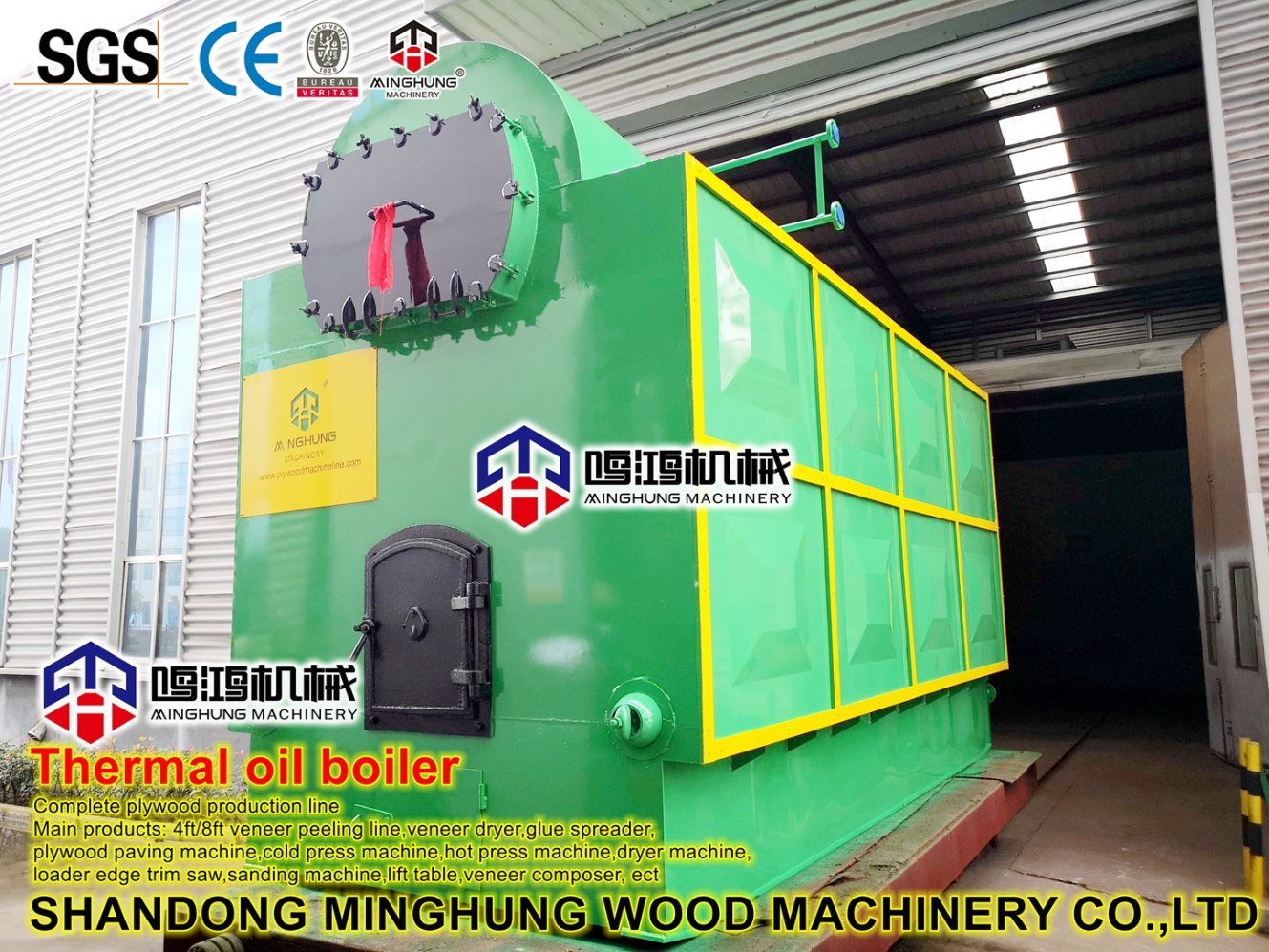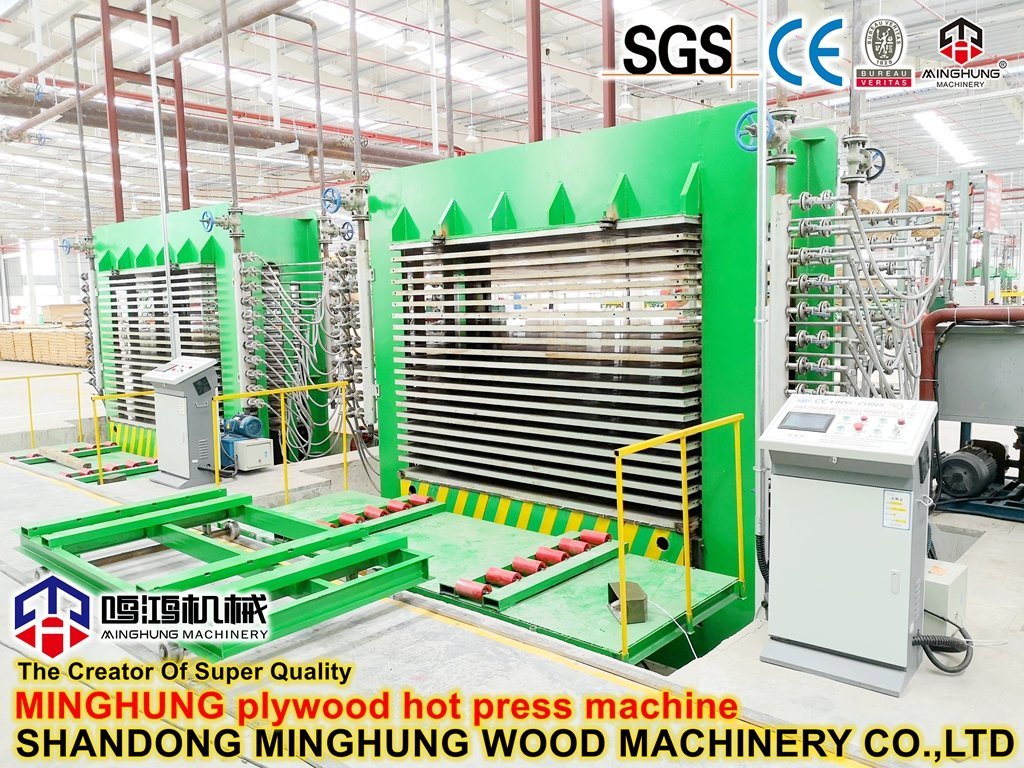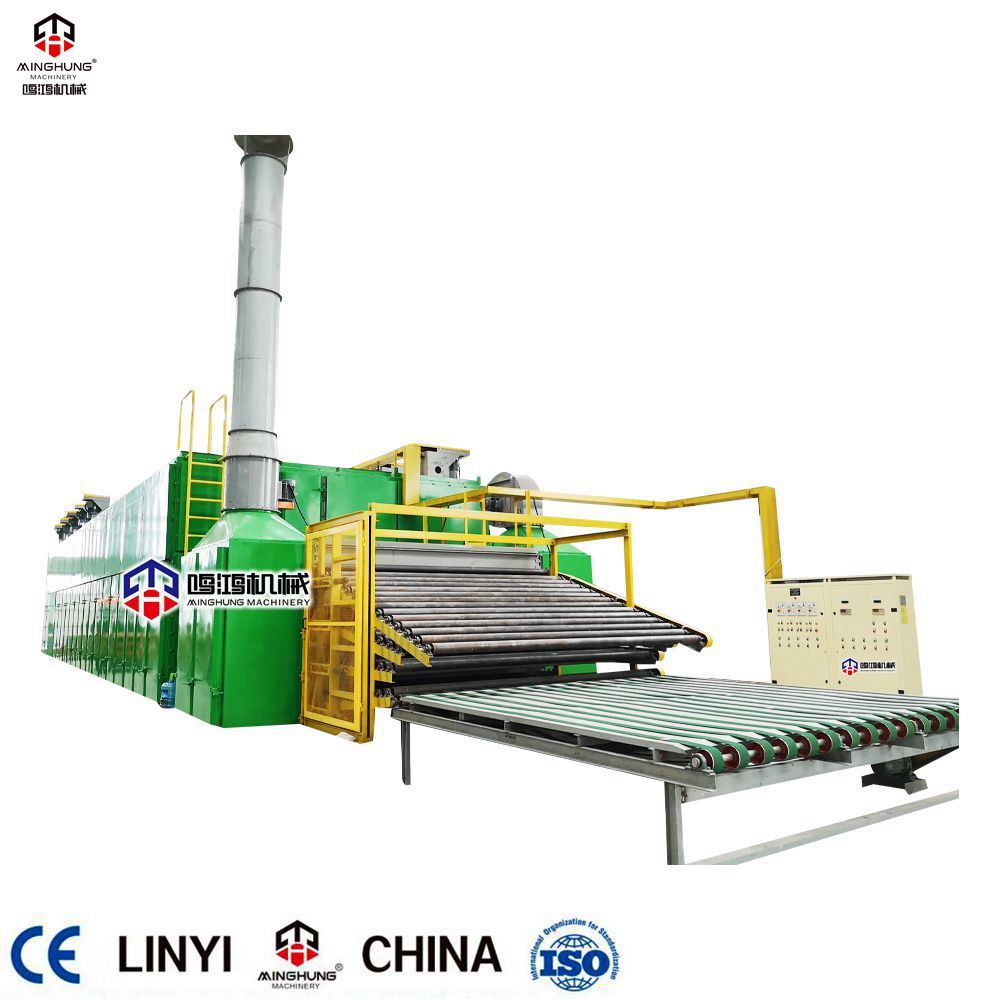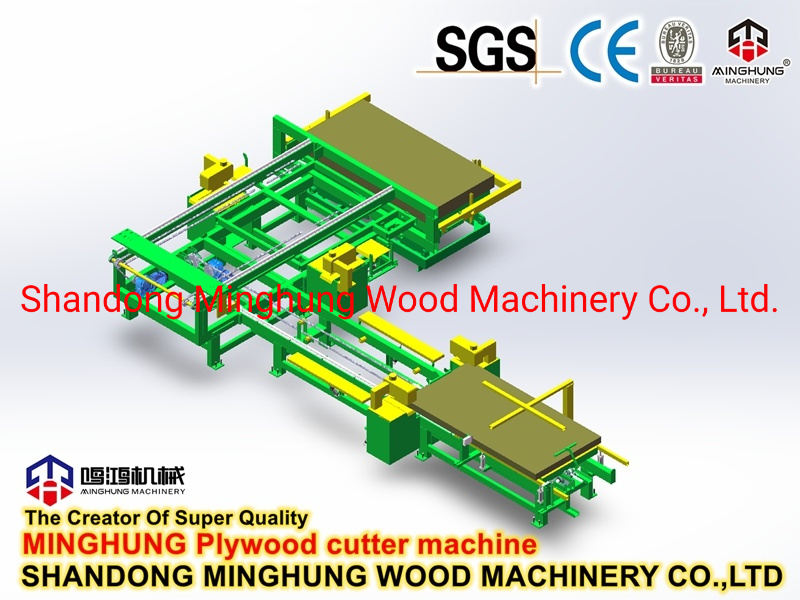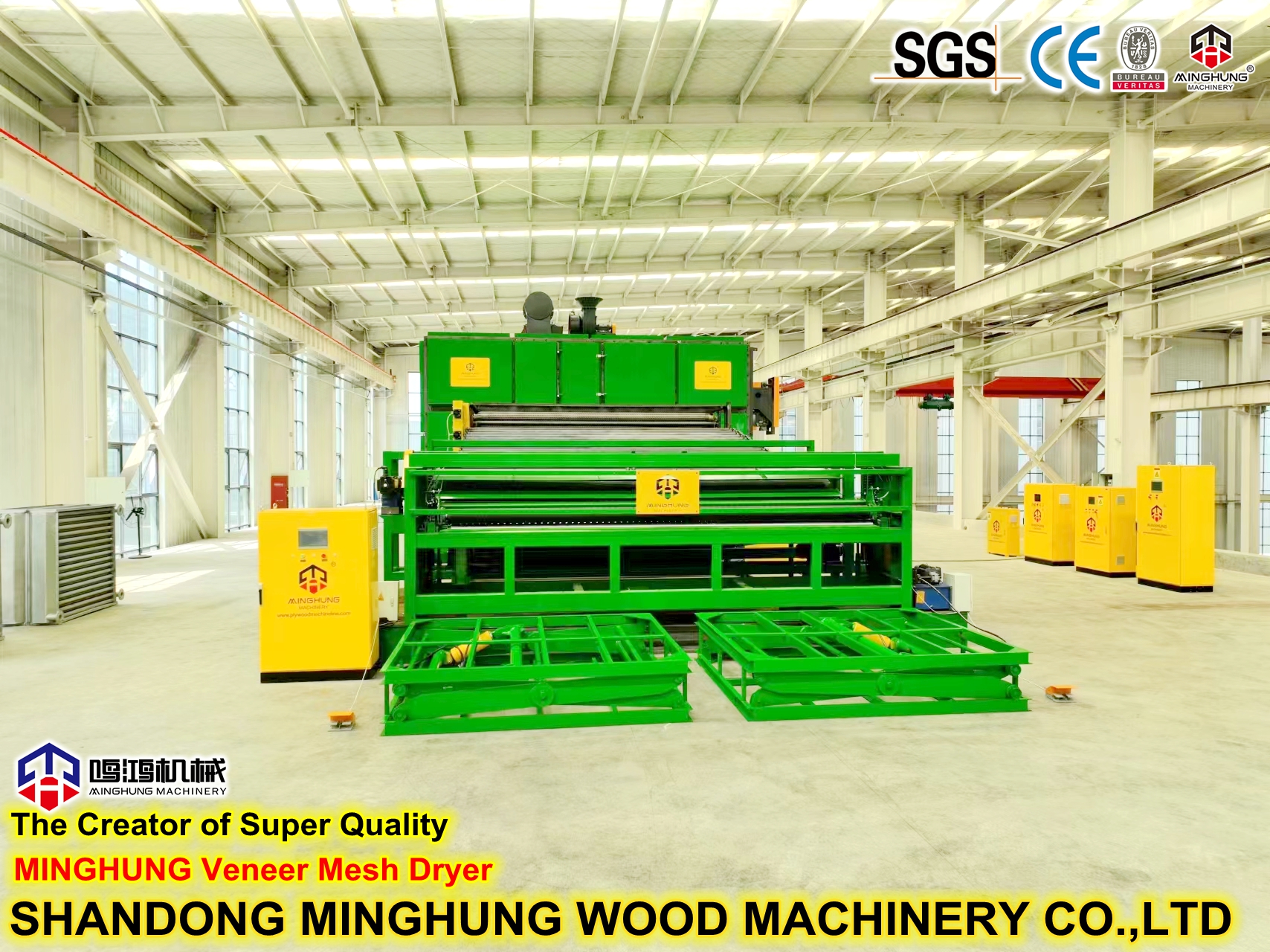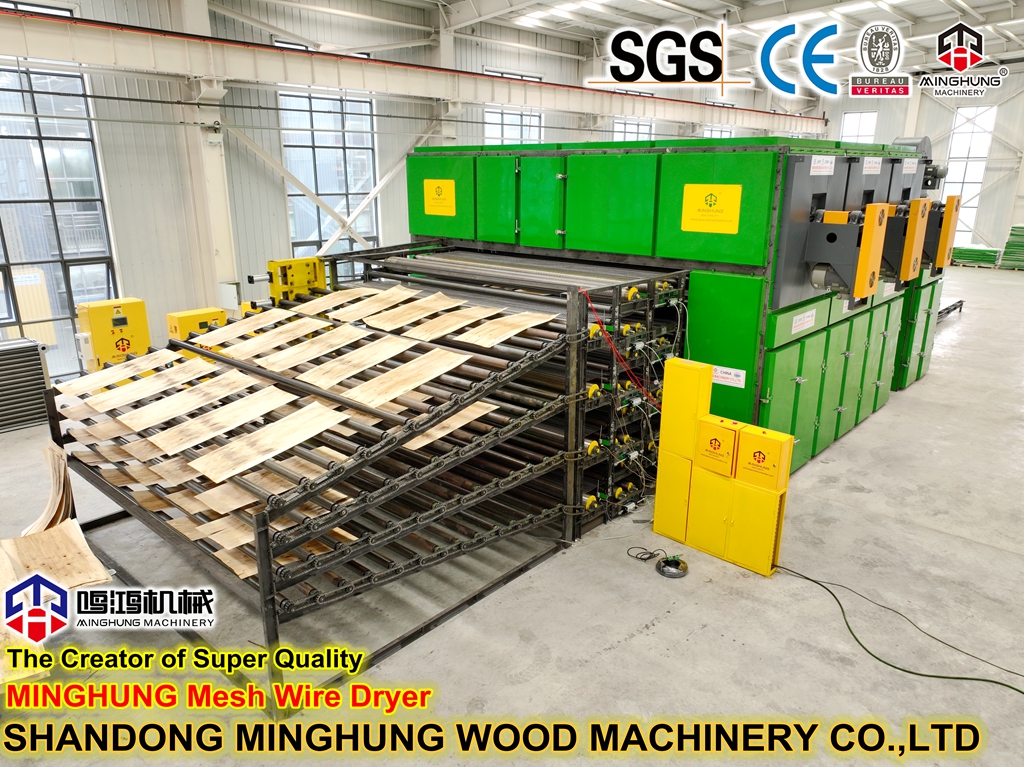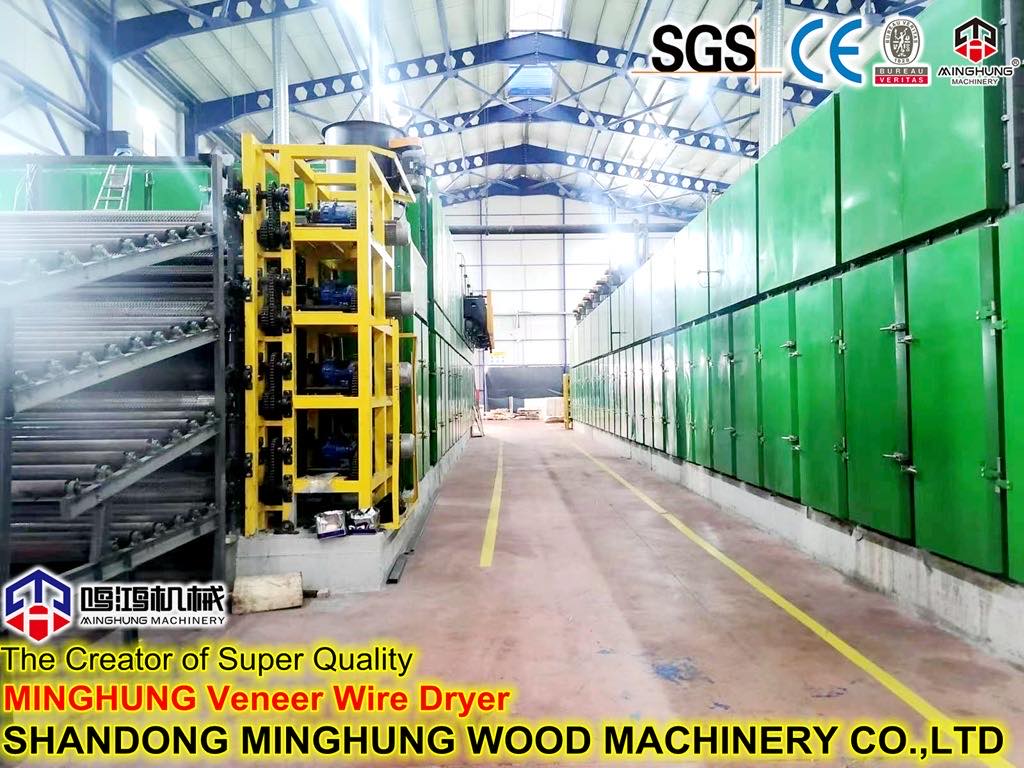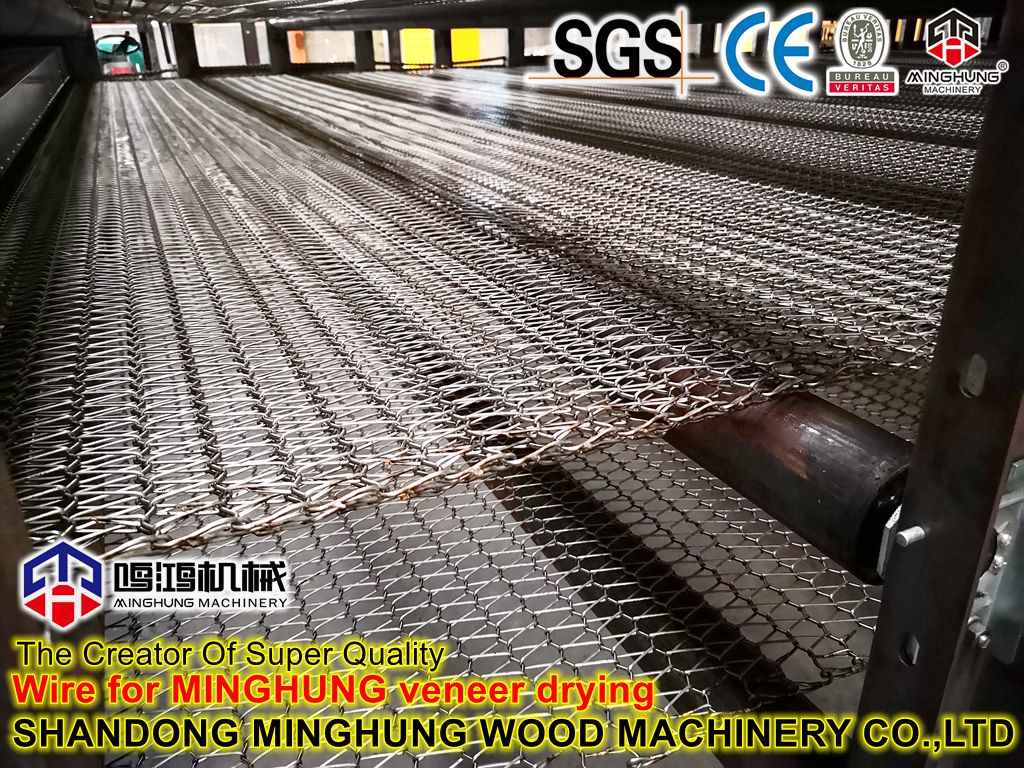Ⅴ. Significance of Veneer Drying
Veneer drying is the process of rapidly and uniformly reducing the moisture content (MC) of freshly peeled or sliced veneer from over 60% (green wood) to an optimal range of 8-12% using drying equipment. Its significance is multifaceted and fundamental to the entire plywood manufacturing process:
1. Ensuring Bonding Quality and Preventing Delamination
This is the most critical purpose. If the veneer moisture content is too high:
Dilutes Adhesive: Water within the veneer dilutes the applied adhesive, severely weakening the bond strength.
Generates Steam Pressure: During hot pressing, internal water rapidly vaporizes, creating immense steam pressure that can blast through the glue lines, causing blisters, stratification, or complete bond failure.
Drying to the proper MC is a prerequisite for forming a strong, durable glue bond.
2. Preventing Biological Deterioration and Reducing Loss
Wet veneer is an ideal breeding ground for mold and decay fungi. Drying to below 20% MC effectively:
Prevents Blue Stain: Avoids discoloration (blue stain, black stain) caused by fungal infestation, preserving the wood's natural color and aesthetic appeal.
Prevents Decay: Eliminates wood rot, reducing raw material losses.
3. Improving Veneer Stability and Reducing Product Warpage
Wood shrinks and swells with moisture changes. Drying stabilizes the veneer's dimensions:
Relieves Internal Stress: Uniform drying releases internal stresses within the veneer.
Ensures Dimensional Stability: Dried veneer undergoes minimal dimensional change in subsequent processing and end-use, resulting in plywood that is less prone to warping, twisting, and buckling.
4. Reducing Veneer Weight, Lowering Transport and Storage Costs
Drying removes a significant amount of water, reducing the veneer's weight by approximately 30-40%.
Lowers Freight Costs: Significantly reduces the cost of in-plant transportation and outward shipment of finished products.
Saves Space: Dried veneer can be stacked more compactly, saving valuable storage space.
5. Optimizing Pressing Process and Enhancing Production Efficiency
With dried veneer, the hot pressing process is more efficient:
Faster Heat-Up: Heat energy is not wasted on evaporating large quantities of water, allowing for rapid temperature rise to cure the adhesive. This shortens the pressing cycle and increases press output.
Reduced Energy Consumption: Energy consumption of the press is significantly lower.
In summary, veneer drying is far more than a simple "dewatering" process. It is the critical bridge between veneer preparation and pressing, serving as the fundamental guarantee for plywood to achieve its intended strength, stability, appearance grade, and service life. Without efficient and uniform drying, producing high-quality plywood is impossible.

